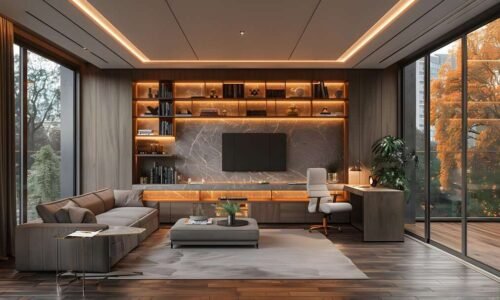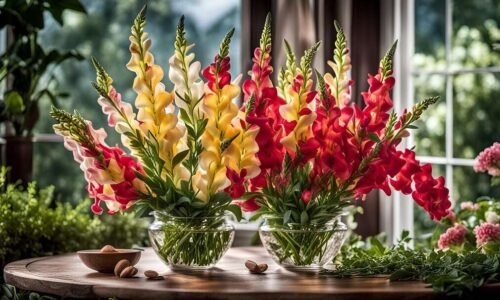In an age where climate action is at the forefront of global conversations, it’s not surprising that eco-friendly modern home décor has surged in popularity. For those who view their home as an intimate extension of their ethos, integrating sustainability into their living space is a natural step.
The choices we make in how we furnish and adorn our homes can have a far-reaching impact on the environment, and there’s a growing number of consumers championing change by turning to eco-conscious design.
As we deepen our understanding of the impact of consumerism on the planet, integrating eco-friendly choices into our homes is no longer a fringe preference—it’s shaping the future of interior design.
This blog post is geared towards the eco-conscious homeowner who’s looking to keep their nest not only stylish but also in harmony with nature, all while keeping things search engine optimized to reach the right audience.
Sustainable Materials
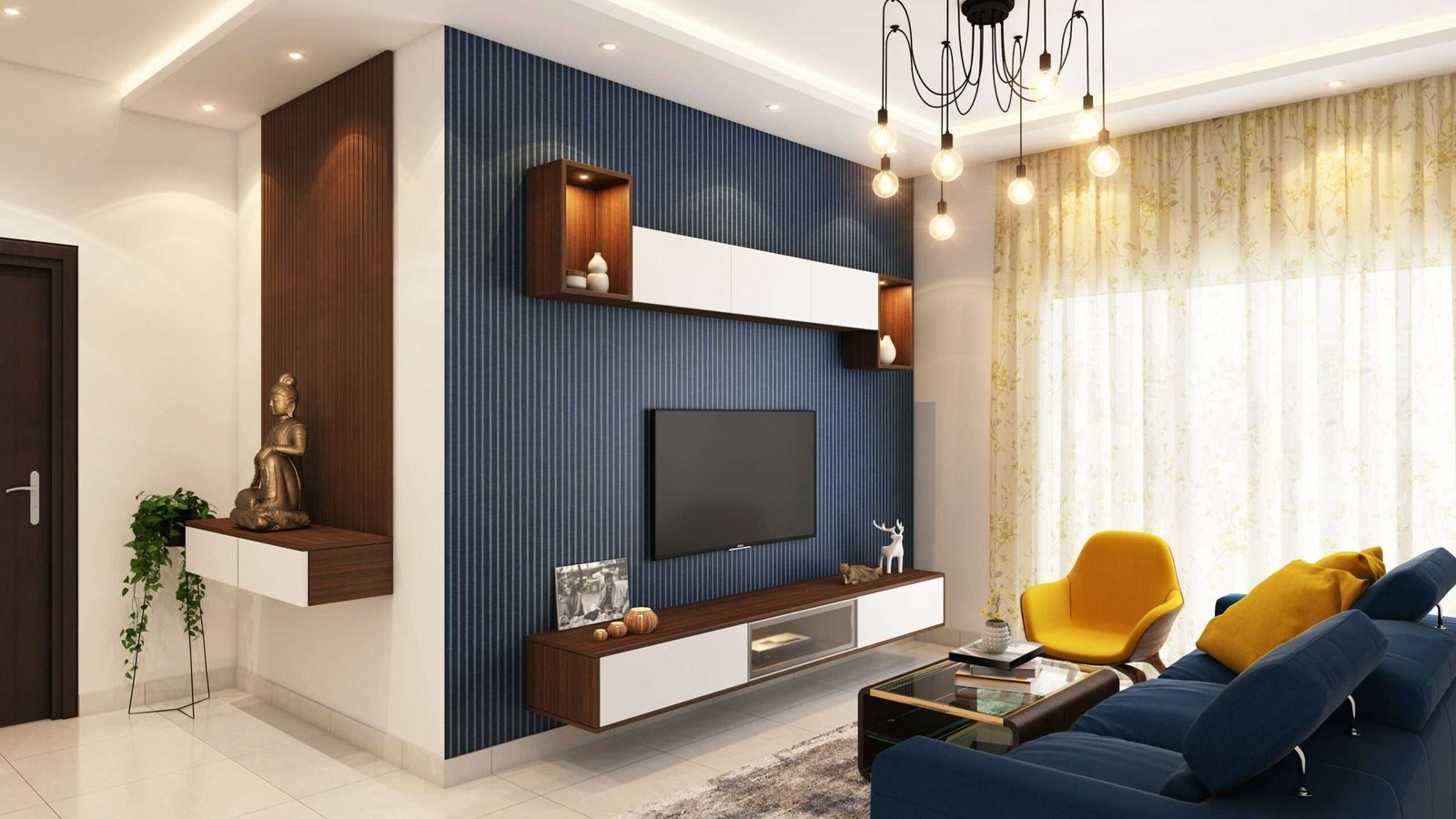
When we talk about eco-friendly modern home decor ideas, it invariably starts with the foundation—sustainable materials. These are substances that are either rapidly renewable or repurposed from existing resources, thus reducing overall waste and environmental strain. As a homeowner, selecting furnishings and finishes made from these materials can significantly minimize your carbon footprint.
Furniture with a Conscience
Furniture crafted from sustainable materials like bamboo, reclaimed wood, and recycled metals are not only durable and stylish, but also contribute to forest conservation and reduce the demand for new resources.
Brands are increasingly focusing on ethically sourced components and manufacturing processes, resulting in a wave of beautifully designed eco-friendly pieces that are both functional and kind to the planet.
Floors that Last, Not Waste
The flooring in your home sets the visual tone for every room. Opting for eco-conscious flooring options such as bamboo, cork, or even reclaimed wood, ensures that you’re not only making a stylish statement but also choosing a material that is easier on the Earth. These alternatives are not just about looks; they often outlast traditional hardwood, offering long-term sustainability benefits.
Textiles of Tomorrow
In bedrooms and living spaces, textiles play an unmistakable role in comfort and style. Choosing organic cotton, linen, hemp, or Tencel for bedding, curtains, and upholstery is an eco-friendly choice.
These materials offer superior quality and longevity, effectively sidestepping the need for petroleum-based synthetics and the massive water consumption and pollution traditionally associated with their production.
Energy-Efficient Lighting and Appliances
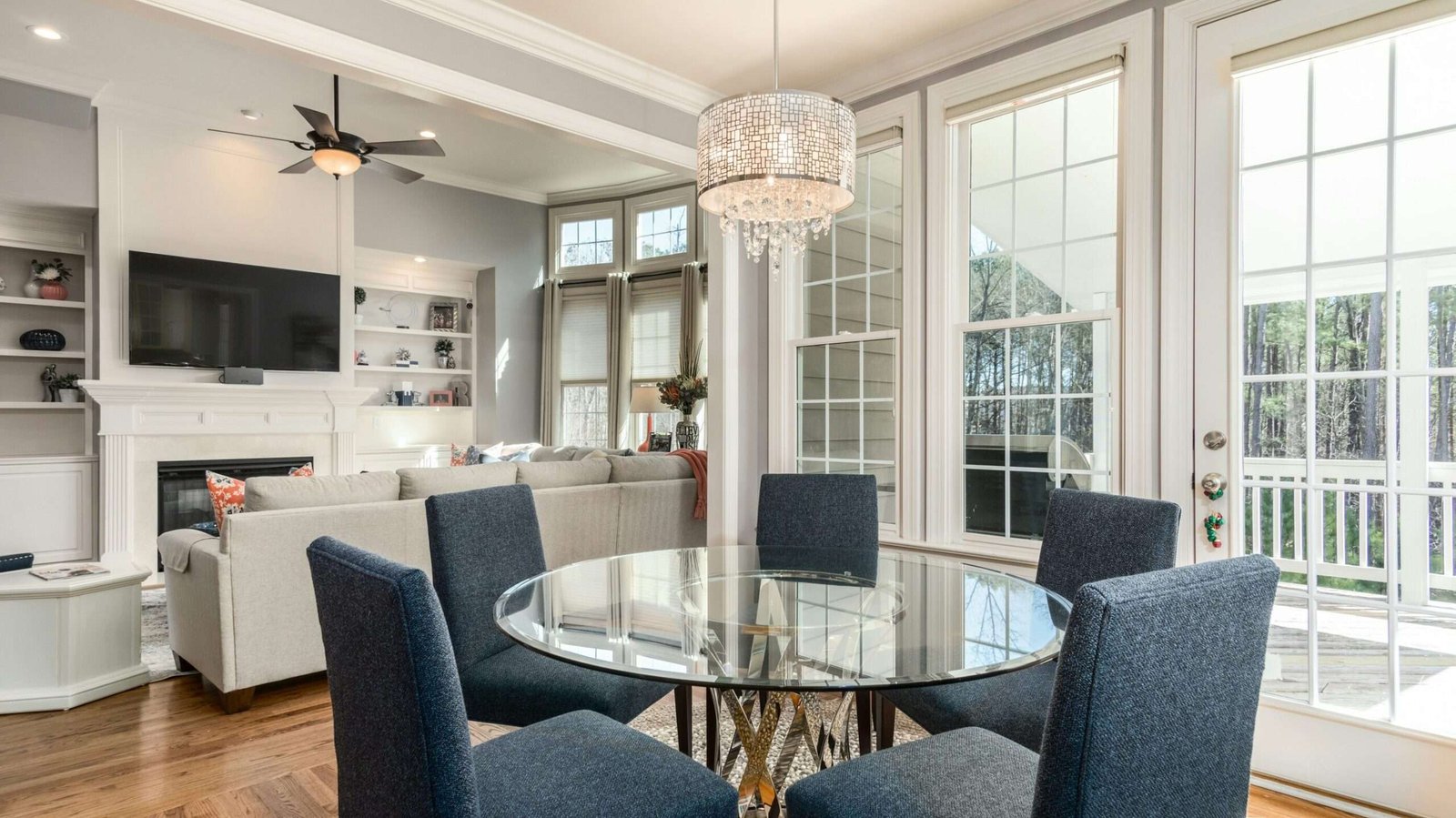
Energy-efficient lighting and appliances are integral to a sustainable home. In fact, a significant portion of a household’s carbon emissions comes from the electricity used to power artificial light and machinery.
Fortunately, the market is now teeming with eco-friendly solutions that not only reduce your environmental impact but also, in the long run, can save you money on utility bills.
Illuminating the Green Way
LED lighting has revolutionized the way we light our homes. LEDs consume less energy, last far longer than traditional bulbs, and are now available in a range of temperatures and styles, making them an easy and stylish swap for those looking to reduce their carbon footprint. Smart lighting systems further enhance the eco-credentials by offering precise energy management and automation.
Appliances that Do More, with Less
Appliances are the workhorses of any home, and their environmental impact can’t be understated. Modern, energy-efficient dishwashers, washing machines, and refrigerators are significant contributors to reducing the household’s carbon footprint.
Many newer models are designed with water-saving and energy-conserving features that make them the eco-wise choice for the modern homeowner.
Indoor Plants and Biophilic Design

The presence of greenery not only adds a touch of nature to your living space but also brings about a host of physical and psychological benefits.
Biophilic design goes a step further in blending the indoors with the outdoors, often through the strategic placement of natural elements, which has been shown to reduce stress, improve cognitive function, and enhance the overall well-being of the occupants.
The Green Lining of Indoor Plants
Houseplants are having a moment, and for good reason. They act as natural air purifiers, absorbing toxins and replenishing the oxygen supply. From large statement plants like the Fiddle Leaf Fig to air-purifying varieties such as the Snake Plant and Peace Lily, there’s a plant for every corner and aesthetic, bringing a breath of fresh air (literally) into your home.
Embracing Biophilic Beauty
Biophilic design fosters a greater connection to the natural world by integrating elements like natural light, water features, and materials that echo the environment. This approach isn’t just about aesthetics; it’s a design philosophy that acknowledges our inherent need to connect with nature, promoting a symbiotic relationship between human habitation and the natural world.
Upcycling and Repurposing

One person’s trash is another’s treasure, and this adage is especially true in the world of eco-friendly home décor. Upcycling and repurposing breathe new life into old, often overlooked items, preventing them from adding to the ever-growing waste problem. Moreover, the creative journey of upcycling can be incredibly rewarding, yielding one-of-a-kind pieces that infuse your home with personality and purpose.
Giving New Meaning to Old Items
Take inventory of what you have, and imagine how a simple transformation could turn it into something fresh and functional. From turning wooden pallets into chic coffee tables to repainting and reupholstering old chairs or sofas, the possibilities are endless. Not only does this approach save money, but it also results in a home that is filled with stories of inventive rejuvenation.
DIY: The Up cycler’s Playbook
The internet is a treasure trove of DIY resources, offering step-by-step guides, video tutorials, and inspirational content for every upcycling project imaginable. Websites, forums, and social media platforms have empowered a global community of makers, tinkerers, and crafters to share their knowledge and passion for breathing new life into old objects.
Minimalism and Decluttering
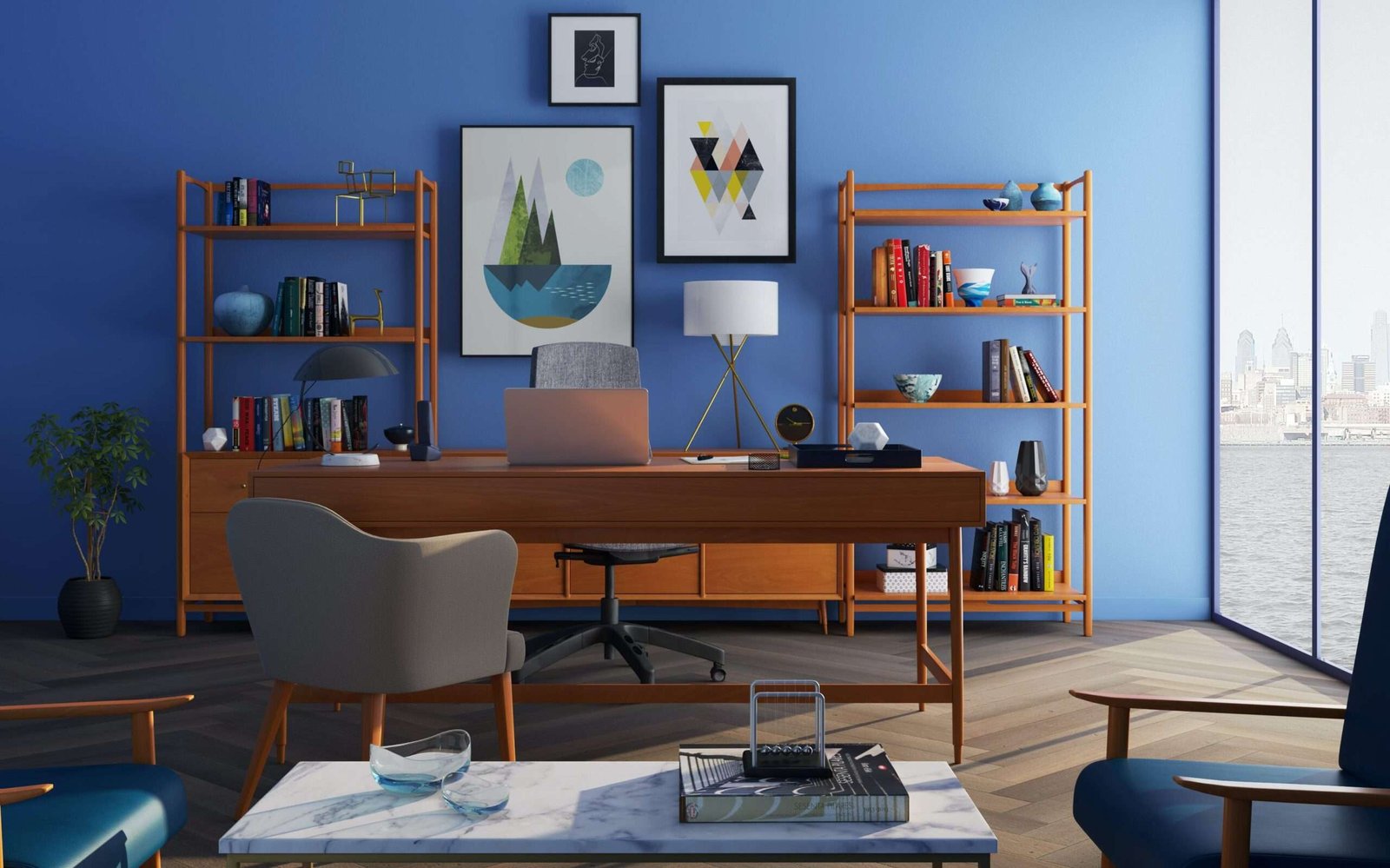
Minimalism is about more than just aesthetics; it’s a lifestyle that prioritizes quality over quantity and is grounded in sustainability principles. By decluttering and curating your possessions, not only do you create a more visually appealing living space, but you also reduce waste and unnecessary consumption. Additionally, investing in high-quality, long-lasting items means less replacement and disposal of goods over time.
The Freedom of Less
Minimalism isn’t about depriving oneself of material possessions; it’s about freedom from the burden of excess. By decluttering your living space and simplifying your possessions, you open up physical and mental space for creativity, relaxation, and growth. A clutter-free home also makes for easier cleaning and maintenance, reducing time and energy spent on household tasks.
The Power of Quality over Quantity
Investing in high-quality, durable goods is a central tenet of minimalism. By choosing well-made, long-lasting items, you reduce the need for constant replacement and disposal, thereby minimizing your environmental impact.
Moreover, by prioritizing quality over quantity, you are less likely to fall prey to fast fashion or fads that only contribute to a throwaway culture. So, it’s important to carefully consider purchases and invest in items that will stand the test of time. This not only benefits the environment but also your wallet in the long run.
FAQ
What is modern home decor style?
Modern home decor style is characterized by clean lines, minimalism, and simplicity. It often incorporates materials such as glass, metal, and concrete and features a neutral color palette with pops of bold colors. The focus is on functionality and creating a sleek, uncluttered living space.
How to decorate your modern house?
When decorating a modern house, keep in mind the principles of minimalism and functionality. Choose furniture and decor with clean lines and simple designs. Stick to a neutral color palette with pops of bold colors for accent pieces. Incorporate natural elements such as plants or wood accents to add warmth. Avoid clutter and prioritize quality over quantity when selecting items for your home.
What home decor style is trending right now?
Currently, sustainable and eco-friendly home decor styles are gaining popularity. This includes incorporating elements of biophilic design, upcycling and repurposing items, and embracing minimalism to reduce waste and promote a more sustainable lifestyle. Other trends include the use of natural materials like rattan and wicker, as well as bold statement pieces for added personality.
What makes a house look modern?
A modern house typically has a sleek and minimalist design, with clean lines and simple shapes. The use of natural light is also important in creating a modern look, as well as incorporating elements from nature such as plants or natural materials like wood. Overall, the focus is on functionality and simplicity rather than ornate decorat
Final Thought
In conclusion, there are many ways to make your Contemporary home accessories more eco-friendly and sustainable. From energy-efficient lighting and appliances to incorporating biophilic design elements and embracing upcycling and minimalism, small changes can have a big impact on reducing your carbon footprint. With the increasing urgency to address climate change, individuals need to take action and make conscious choices in their modern home decor.


